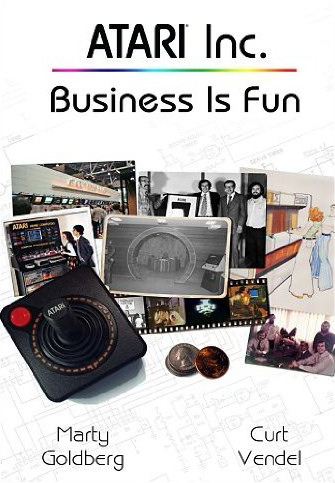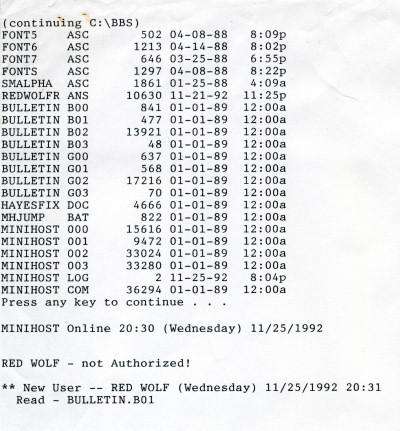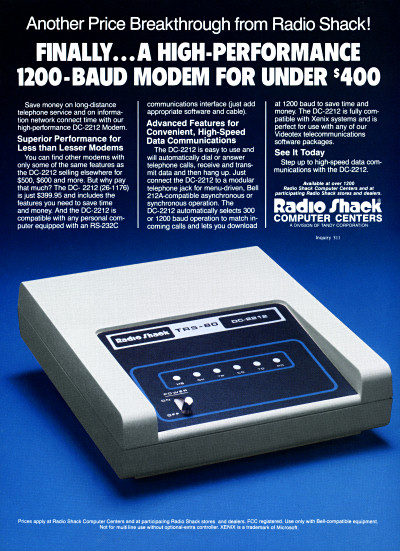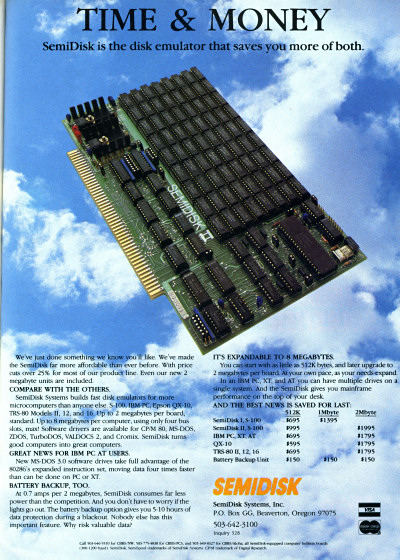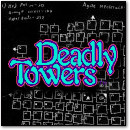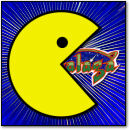 Nothing says fun like a nice hot bowl of chunky butter cubes.
Nothing says fun like a nice hot bowl of chunky butter cubes.
With the Wii U launching next weekend, it’s worth taking a look back the Power Pad, one of Nintendo’s first experiments in motion-based game control.
In this case, the controller (which decidedly lacked a second screen) took the form of a large vinyl mat with enormous soft buttons that one would lay upon the floor and beat with one’s fists stomp with one’s feet to simulate running in an on-screen video game.
It didn’t work too well, but I personally had a blast playing World Class Track Meet tournaments with the Power Pad at the neighbor’s house up the street. I recall playing in improvised teams of two, where one player from each team would stand and run on two of the forward facing buttons, and another player on each team would sit behind them on the floor and pound the rear buttons simultaneously in an attempt to make their character run faster.
This was apparently possible (I’m working from memory here — I haven’t used a Power Pad in a long time) because each column of buttons is linked together electronically in the Power Pad, so that a push on any one button in any one column is like a push on any other button in that column. Feel free to correct me if I’m wrong. I can’t test it because the Power Pad I happen to have doesn’t work.
By the way, I apologize for the uncharacteristically poor quality of the source material here. This came from a particular issue of Nintendo Power that I must have read hundreds of times, literally, so the creases are a natural byproduct of my youthful Nintendo-fueled enthusiasm.
[ From Nintendo Power, January-February 1989, rear cover ]
Discussion Topic of the Week: Tell us your Power Pad memories. Have you ever used one?
